Blasting off for adventure in a Galaxy of Pen and Paper
Phaser, check. Warp drive, check. Dice, check.
When Galaxy of Pen and Paper was first announced back at the start of the year, details were scarce on the ground. The developers, Behold Studios, hadn’t worked on the second entry in the Knights of Pen and Paper series, instead focusing on a new IP, Chroma Squad. Knights of Pen and Paper, released in 2013, was the first outing in the oPaP series, saw the player controlling a party of D&D players, and (loosely) their DM as they made their way through a self-aware, trope-laden D&D campaign.
Read our recent, retrospective, Chroma Squad review here.
It seemed safe to assume that a lot of the core mechanics from the first would stay in place; referential humour, a player controlled pace, and a linear story which leaves the map open for freeform exploration between missions. Rightfully so, too. The game delivers on its predecessor’s cornerstones, albeit with -at present- a little less fourth-wall breaking in the game, and with the added breadth that the change to a science-fiction setting can bring.
For the unenlightened, the previous games saw you controlling a group of misfit stereotypes -from nerd, through pizza-guy, to teacher- as they played through a fourth-wall breaking campaign. Play came in several forms – the first, the area view, with the back of the players’ heads as they look on to the DM across a table strewn with accessories, abruptly floating in the party’s current location in the game world: village, dungeon, swamp, etc. The second, the map screen, where the player would select a new screen to move to, and have to survive a die-roll as they moved from location to location, as to avoid random encounters. Finally, was the battle screen, you ended up there from the previously mentioned random encounters, boss fights, or grind-based quests which the player could set the difficulty for themselves. Combat in KoPaP was a turn-based affair, with players at the bottom, fighting upwards in early JRPG style combat -magic points, health points- juggling between class specific abilities, attacks, and the use of items.
Galaxy has refined a lot of the efforts of the earlier games; you can still zip about around the world as you wish, but the occasionally unfair random encounters have been neutered out; combat is still turn based, but has ability trees for characters, and is now viewed from the side (Final Fantasy Style); and, stocking up on items is still in, albeit a very natty shield feature lightens the healing-spamming of the earlier titles massively.

Players begin by selecting their first two players as well as deciding on an appearance for the DM; you then define the race and class -from techies to savages- of the characters, name them, and then set off. By this point the game already has more customisation than the earlier titles offered – the game remembers and references the races, player-type, and player-name from here on out; rather than simply having character who could -frankly- have been characterless blobs. The build I played only had a few characters and classes to choose from, some of whom were unstable in combat; the heavy spate of crashing that I experienced before I changed up my characters allowed me to see that most scenarios in the game are programmed with multiple lines of comments from characters, meaning there’s a lot of dialogue that might appear on second, or third, playthroughs for players.
The build that I played through, while early on in development, was -surprisingly- not a vertical slice of the game, instead actually starting from the beginning of the Aliens & Astroships campaign. The player’s journey from a life in service due to crippling debt through to space guardians is certainly trope heavy -but then, that’s how Behold set up all their jokes- however manages to serve as a solid tutorial for the game.
Due to the astral nature of the game, Galaxy contains multiple map screens each representative of planets and space sectors – gone is the wide-sweeping single map of their first outing.. Each of these new, smaller maps are rendered in 3D – giving them a bit more personality than fans of the series will be used to. These aren’t just used for navigation, mind, they are also used to directly fire-up ship combat (rather than entering an area), which is a new feature to the game which felt a little light, but was a pleasant change from the rest of the game.
Combat has also undergone several overhauls. I mentioned earlier that the characters now had shields, which reduced the stress on the cleric, or on spamming healing items, but in addition to this the character’s class abilities have also changed. They are now laid out on skill trees, meaning you could have two characters of the same class but with very different set-ups. Putting this up against the simple ‘pick one of four, and most of those are passive’ set up of Knights, and it’s a massive step. That and the combat is now side-on, which brings with it attack and ability animations, which massively improves on the original’s Dragon Quest/Wizardry style, off-screen combat. Lane/Layout options are also opened up, with the ability to place units in either the front or back row, with various pros and cons regarding defence and attack; of course, some enemy and player abilities allow them to affect unit layout.

As a matter of fact, the abilities of the game are probably one of the best changes to the game. With new abilities comes the chance to stack effects. Previous games had buffs and status effects largely limited to enemy loadouts, that and items, with Galaxy of Pen and Paper they’re drip-fed to the players as well; even better, some -later- abilities offer greater damage if the target is already suffering a debuff, adding a dearth of new tactical options to the mix and possibly solving the biggest issue of Behold Studios’ previous games (including Chroma Squad) – a lack of new opportunities and mechanics as the game progressed.
With the current features, and changes, on show the game is already looking to be Behold’s best offering; If the abilities tree continues to widen, and new mechanics and things to do are added to the story’s midpoint and end game then it could be that without any doubt.
Galaxy of Pen and Paper is expected to launch for Windows PC later this year.



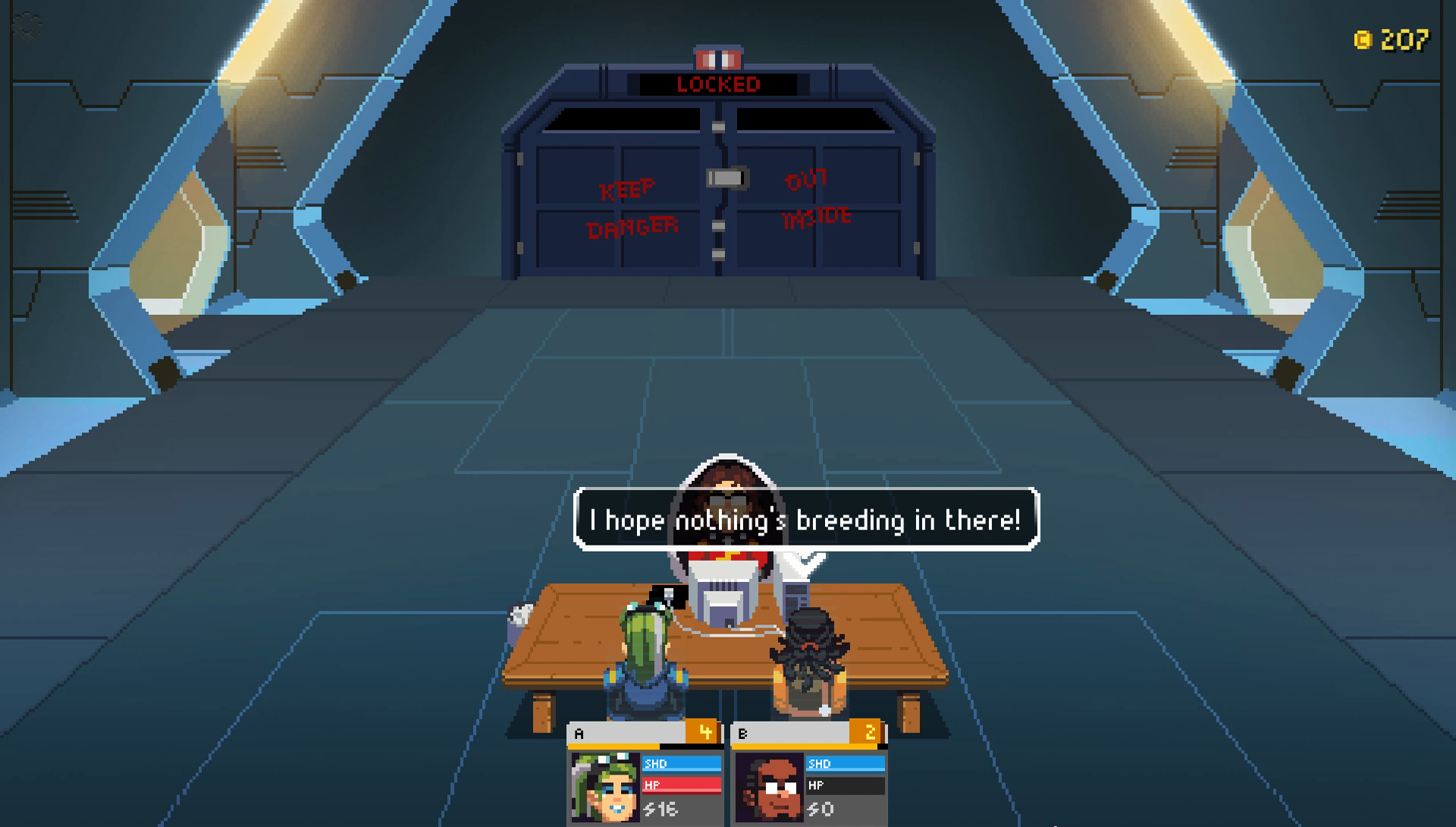

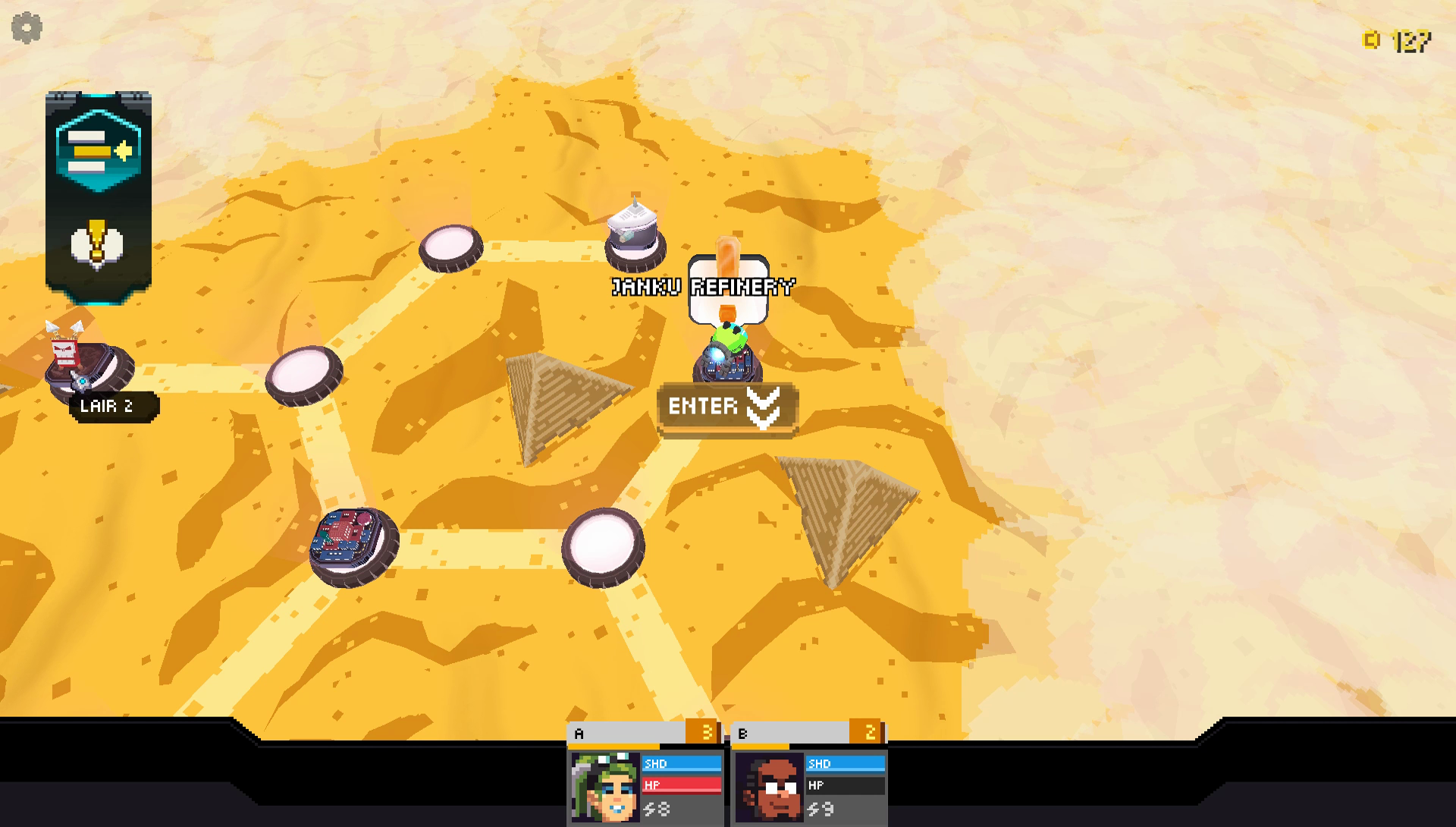
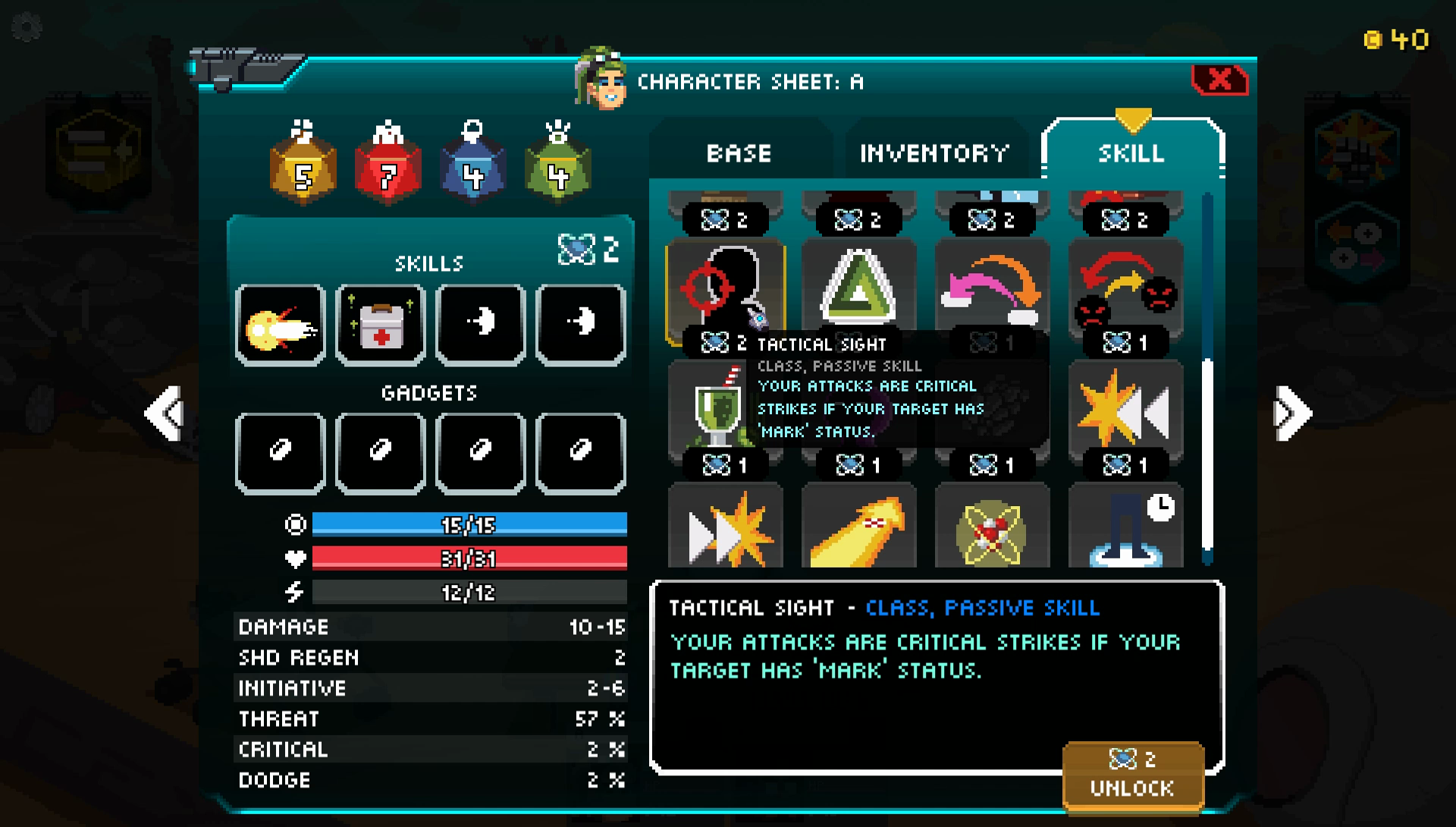
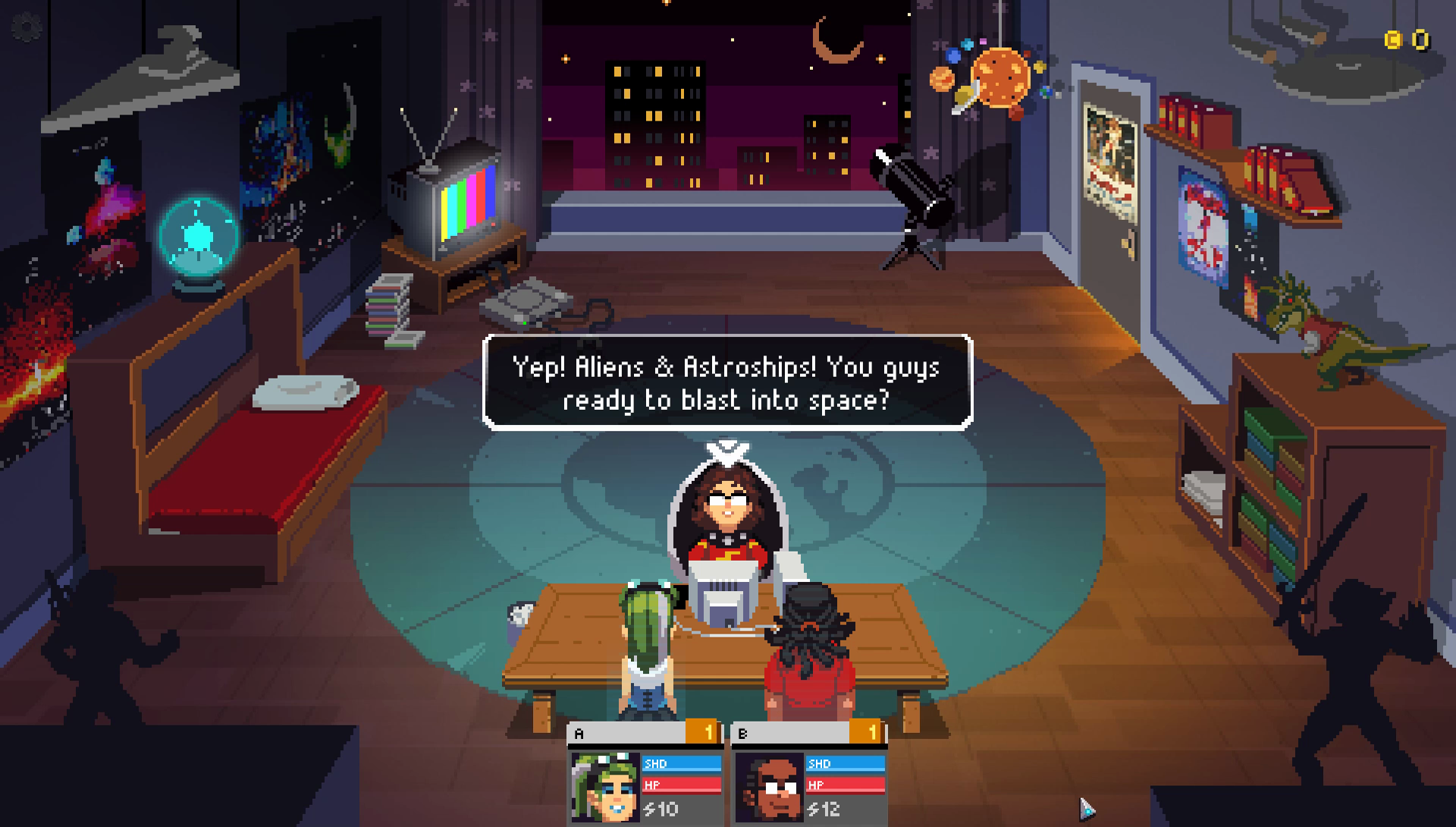
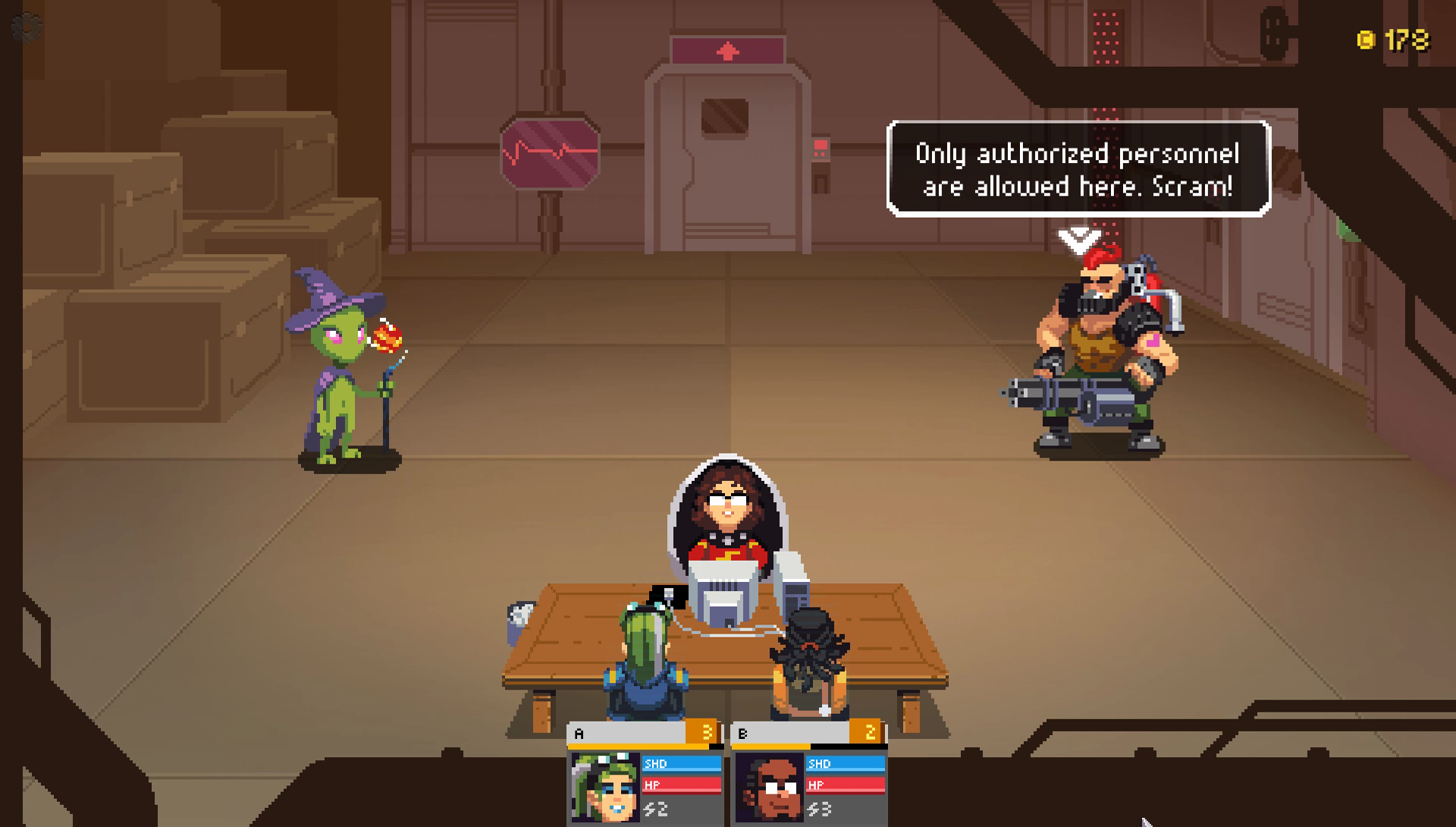
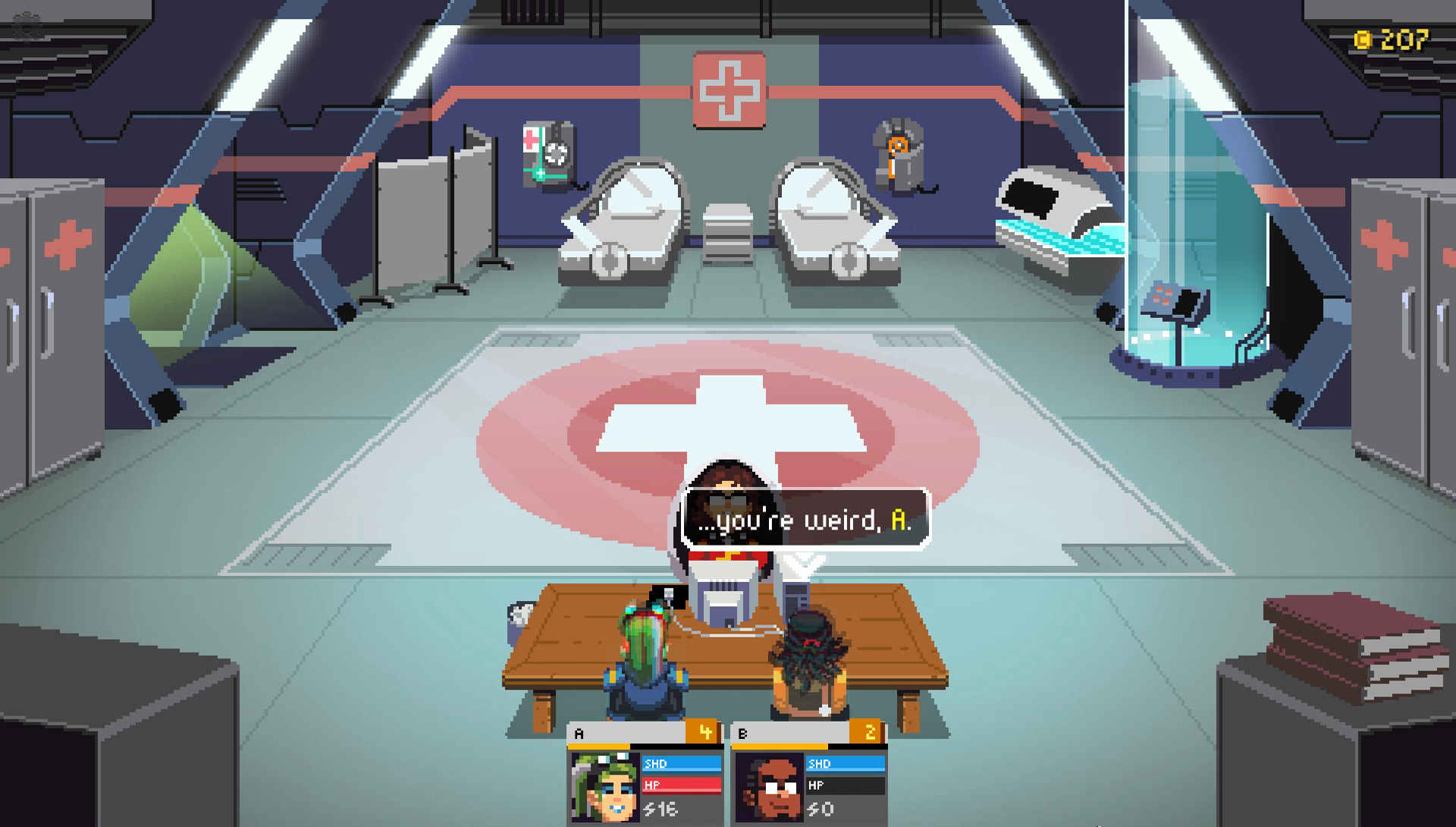
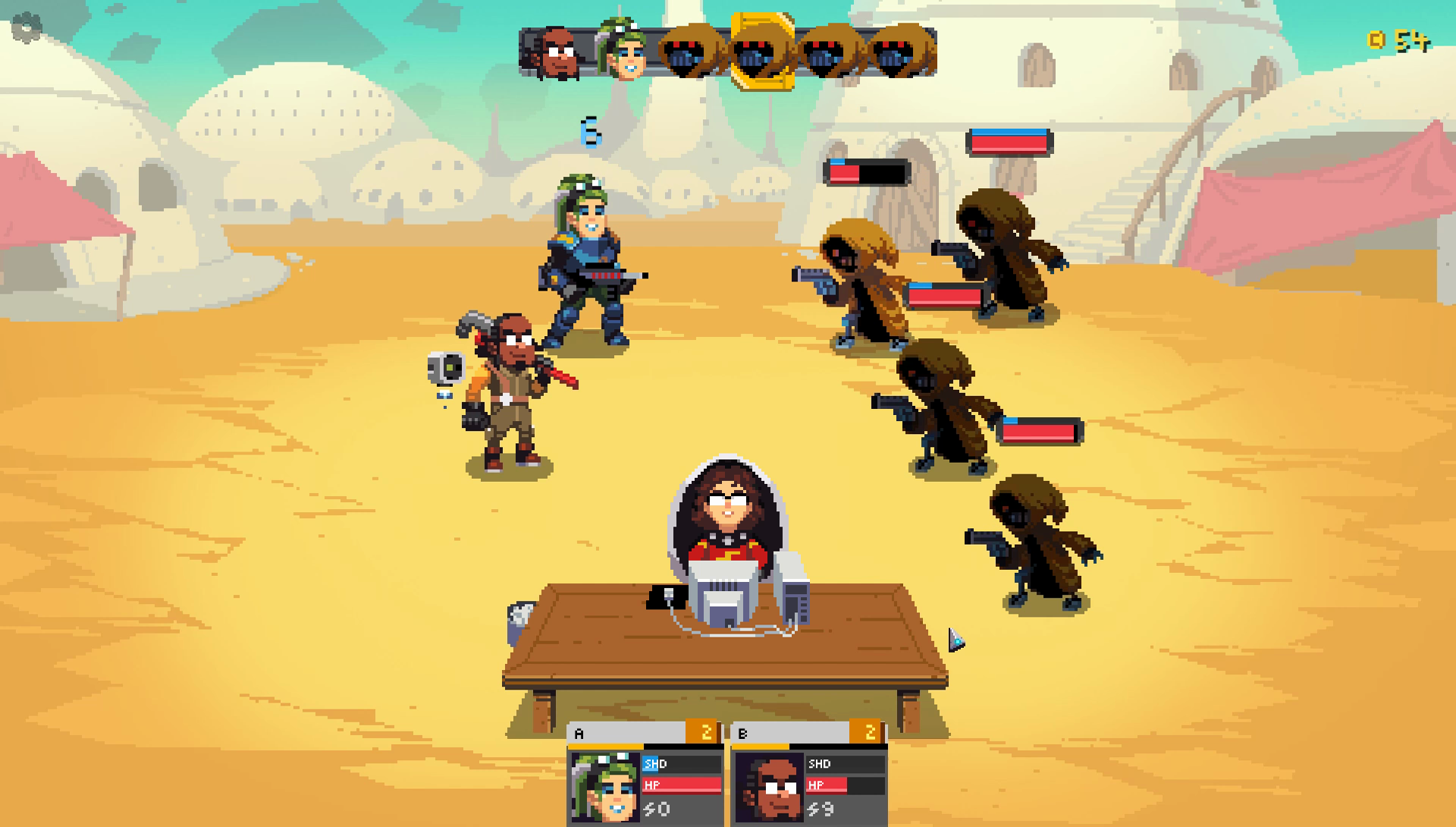
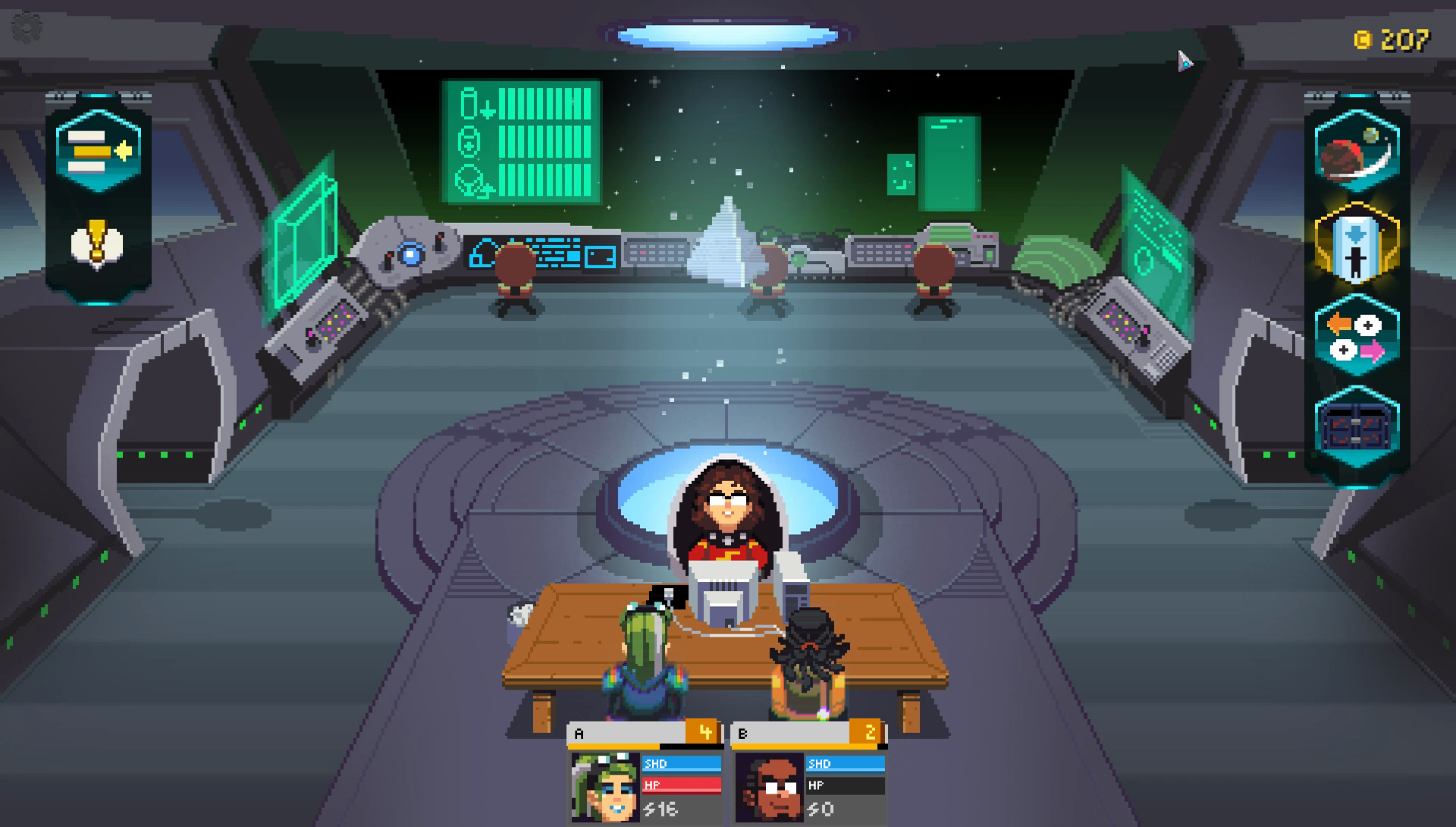
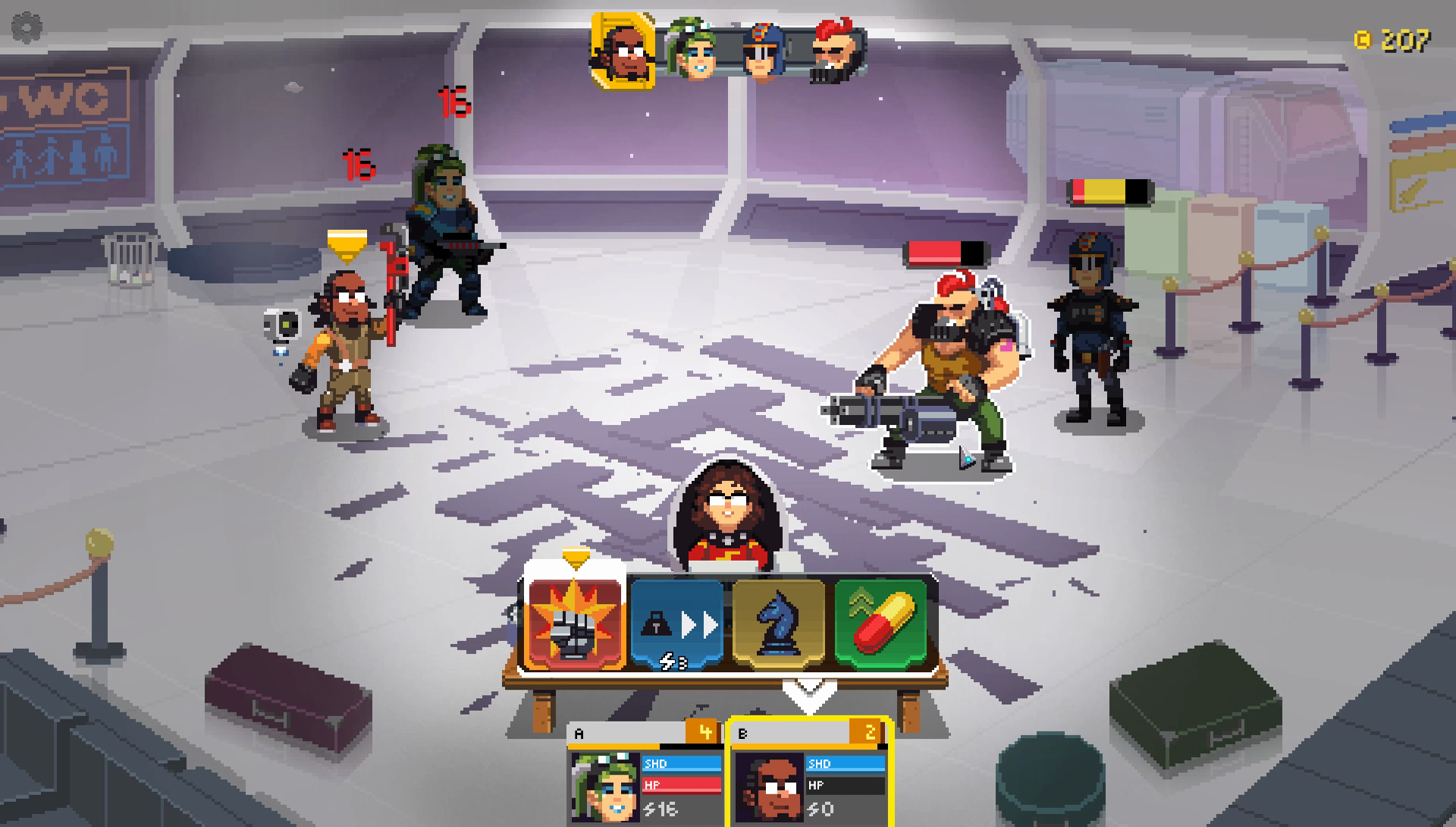
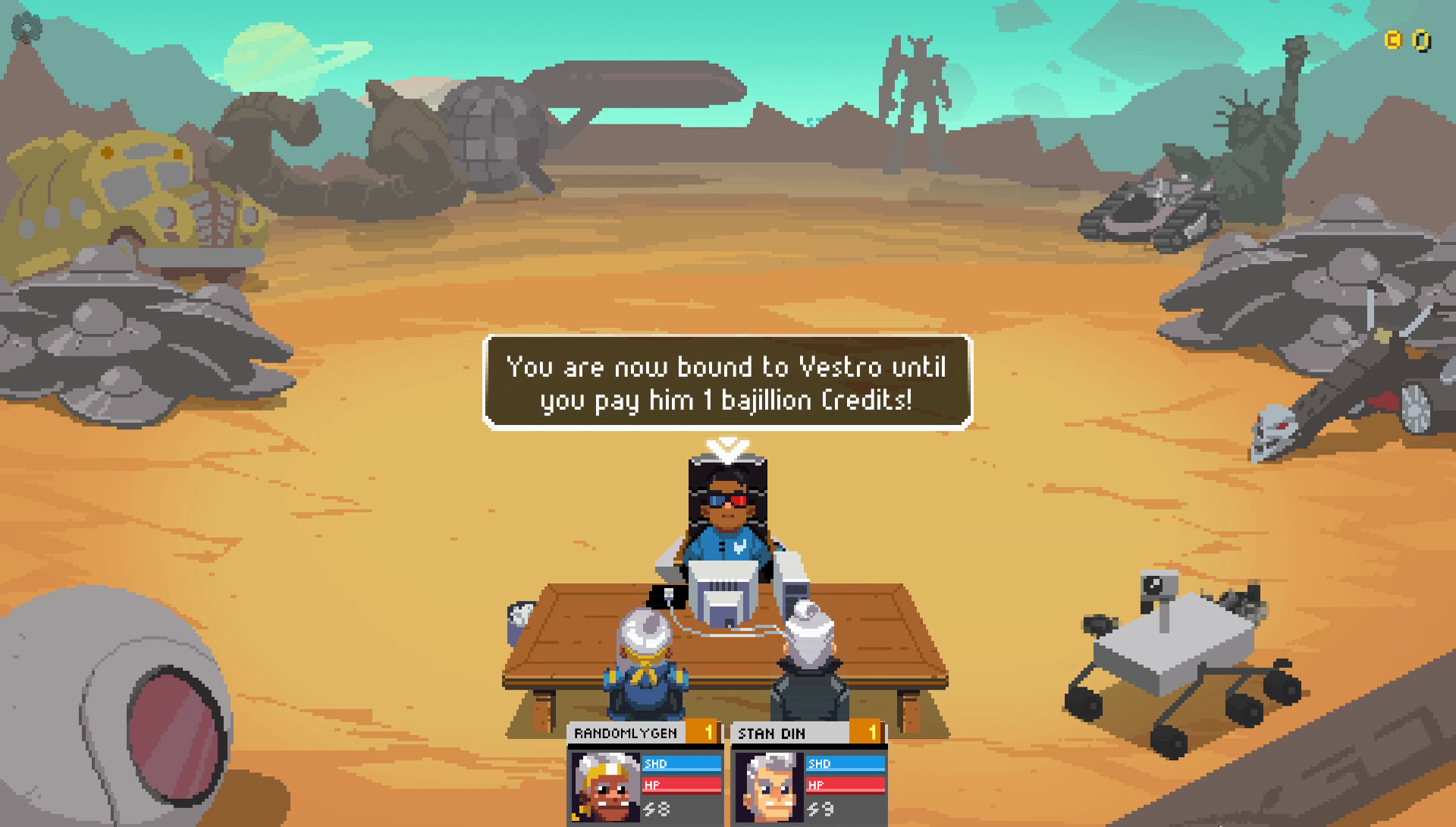
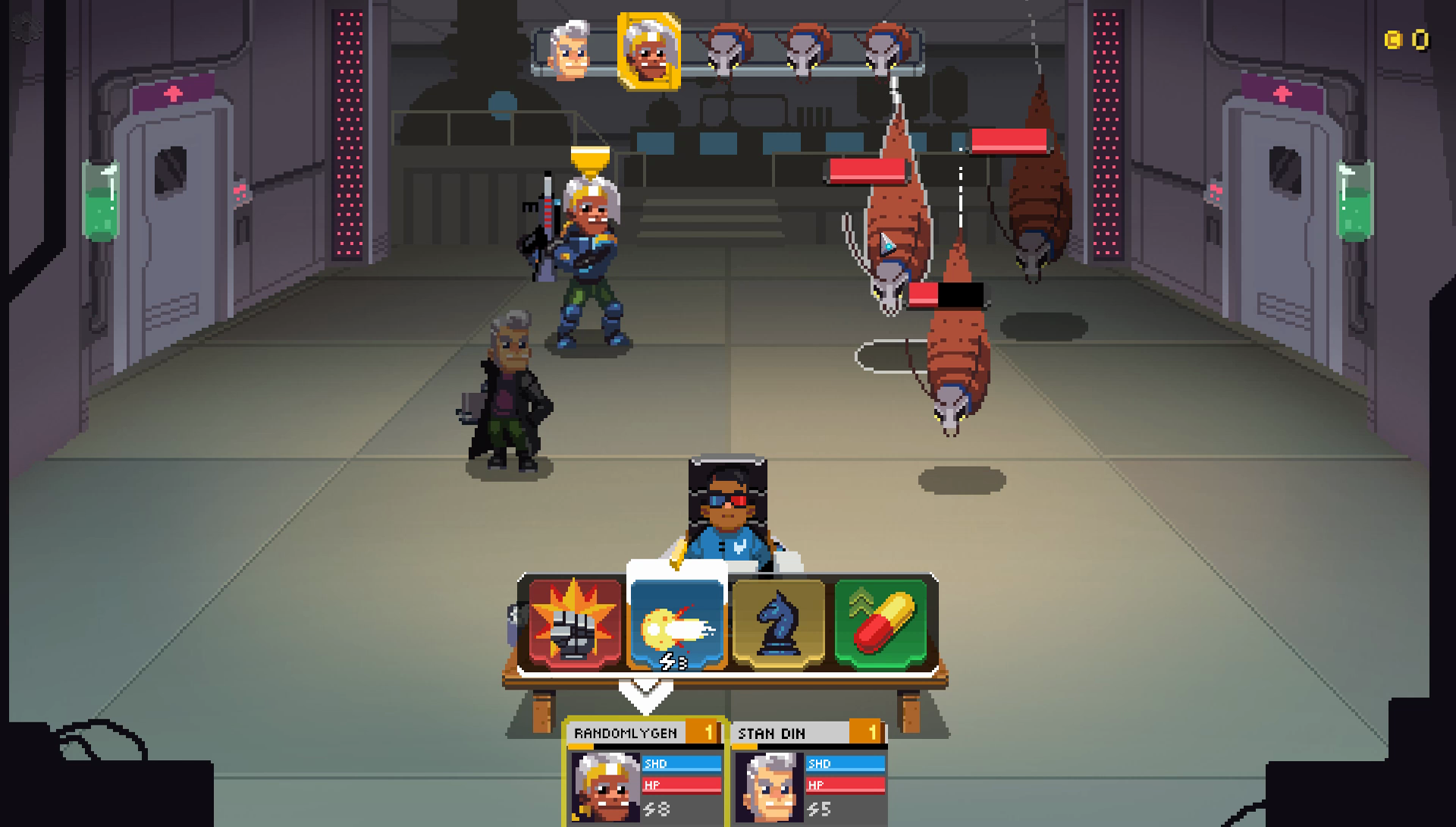
Comments are closed.